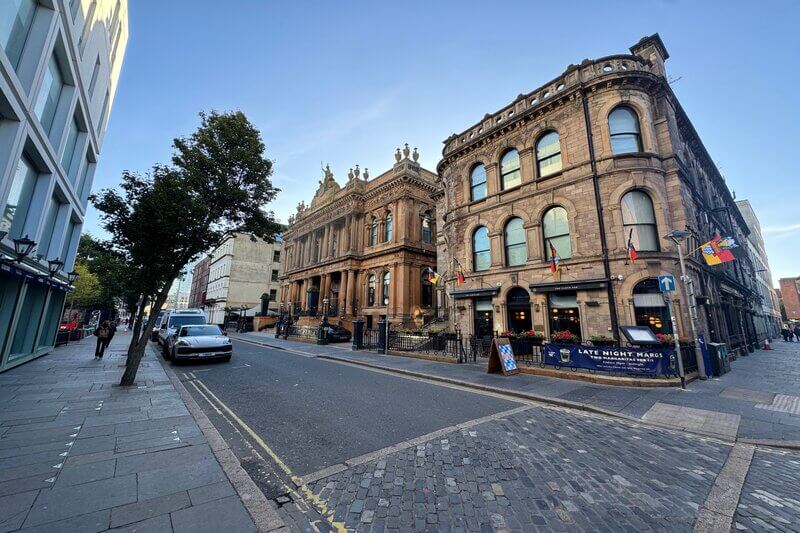Waring Street, once known as Broad Street, took its present name in the 17th century from Thomas Waring, a prominent local tanner-merchant.
By the early 1800s, its proximity to Old Sailortown and the docks had turned it into a lively run of shops, taverns, emigrant agents and offices.
It later became the headquarters of Ulster Bank, which commissioned one of Belfast’s grandest buildings, a two-storey Italianate sandstone façade with paired windows and intricate sculpture.
The site was acquired in 1836, but the decision to build came in 1857, after directors Robert Grimshaw and James Heron visited Glasgow and Edinburgh to study the finest bank architecture. Their brief was clear, substantial, prosperous & ozzing with classic eleganance.
The building still stands today, and is of course the Grand - Merchant Hotel, which would not look out of place in ancient rome.
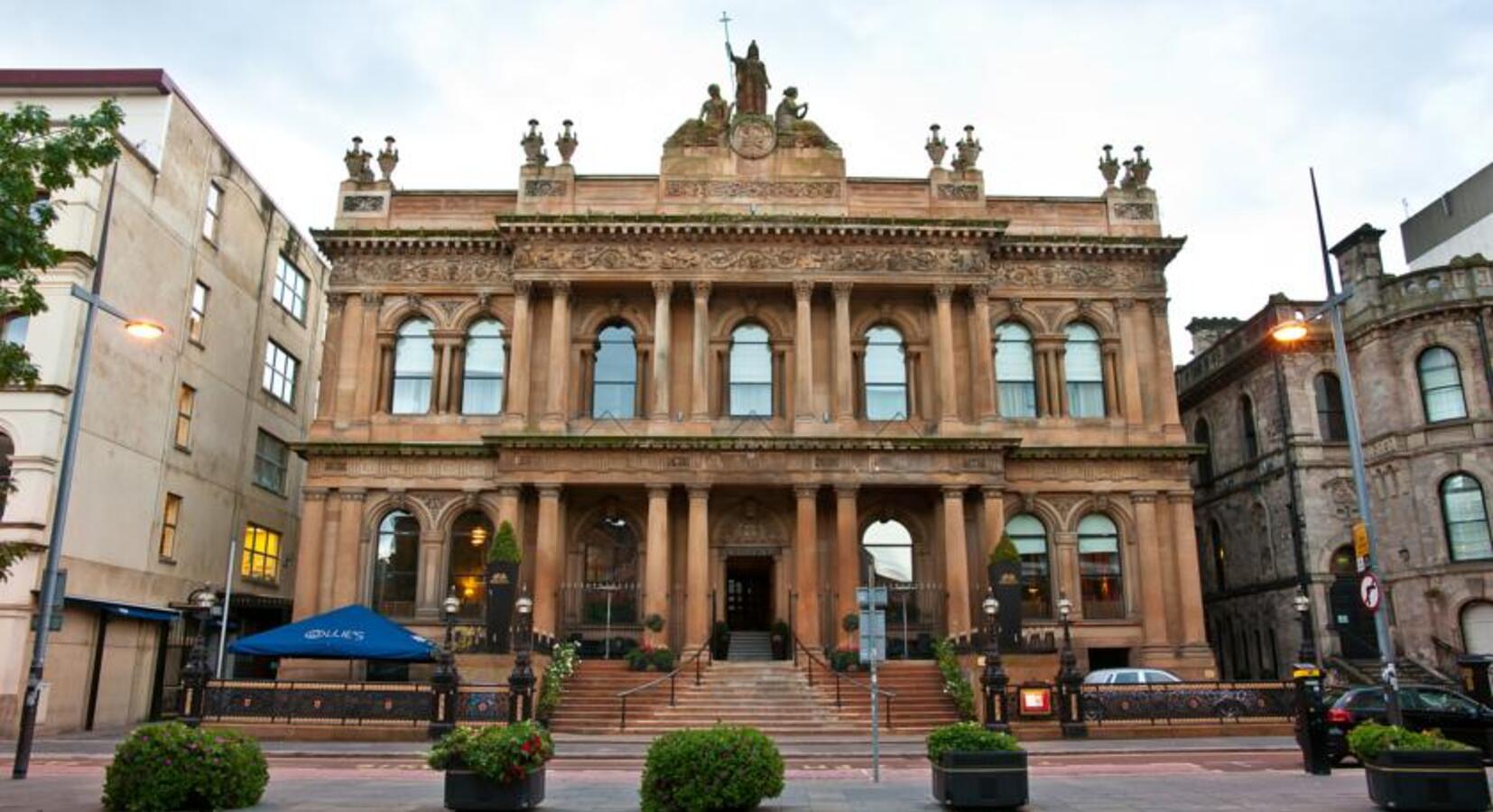
Waring Street’s history isn’t only shaped by industry and immigration, but also by the impact of the Second World War.
In the Belfast Blitz of April and May 1941, German bombers struck the city’s shipyards and factories.
Waring Street, sitting so close to the target zone, was badly hit.
On the night of 4–5 May—later called the “Fire Raid”, incendiary bombs tore through the area. The Queen Anne Hotel, once a well-known landmark, was destroyed along with much of the surrounding street.
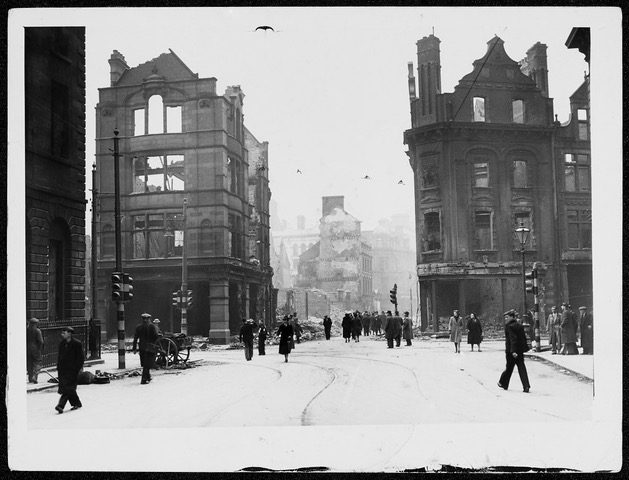
The site stood empty for years until the late 1950s, when plans were made to give it new purpose.
Between 1959 and 1962, the War Memorial Building was built, designed by J. Michael Bowley in a bold modernist style.
It served both as office space and as a memorial to those who had lost their lives in the war. The Northern Ireland War Memorial later moved to nearby Talbot Street in 2006.
Today, this listed building is undergoing a new transformation, soon to reopen as another Belfast hotel with a rooftop restaurant and bar in the heart of the Cathedral Quarter.
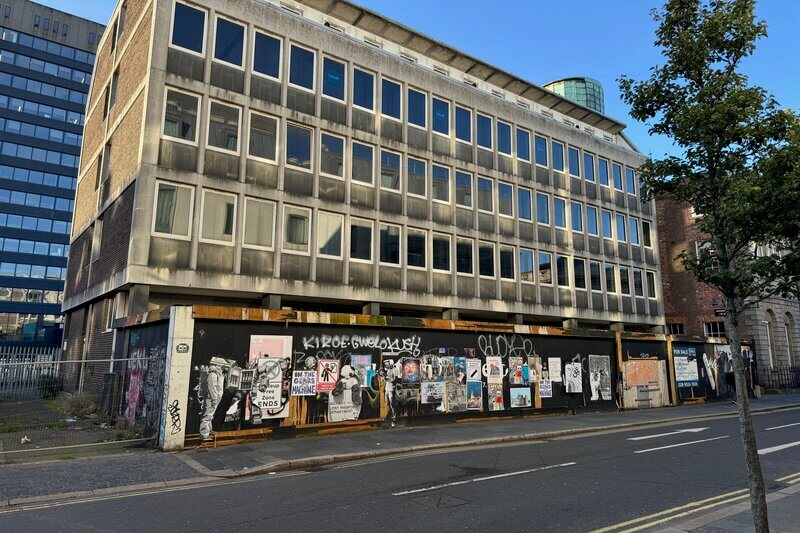
The alleyway beside the planned hotel site is known as Sugar House Lane Entry, which connects through to High Street.
The lane takes its name from a sugar refinery that operated here in the 1600s. It was later closed off during the Troubles, but the current hotel planning application proposes reopening it.
In earlier times, the lane was lined with public houses and became a well-known meeting spot for the United Irishmen.
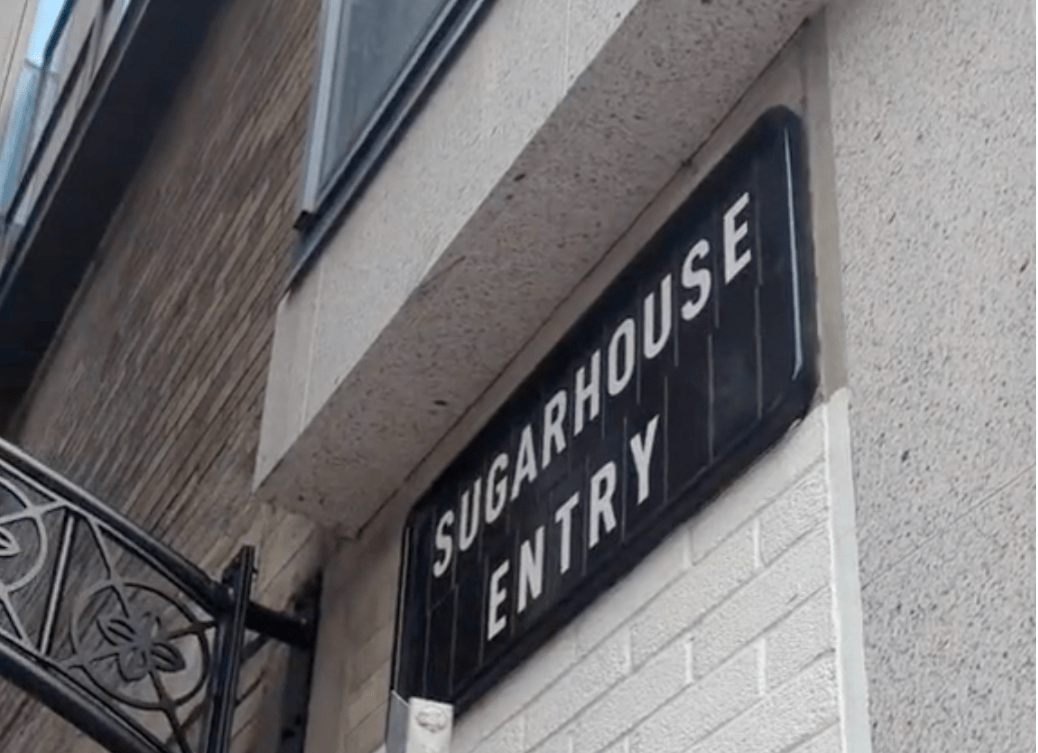
Discover Belfast With Us
Every street in Belfast tells a story. Step aboard a open top bus tour Belfast and uncover more than 50 plus fascinating landmarks and places of interest.




